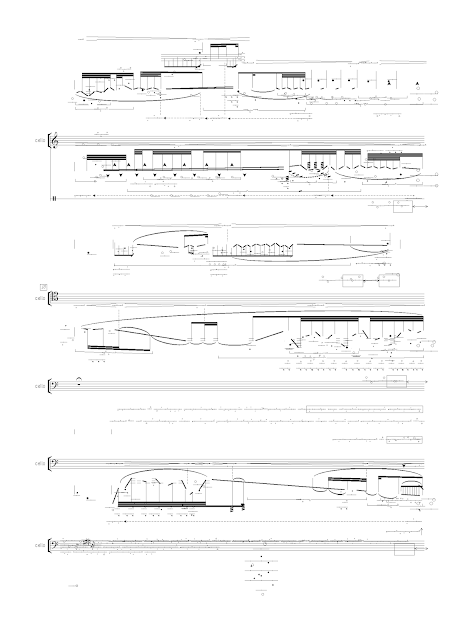The world of music is constantly evolving, with new technologies and techniques enabling musicians and composers to create innovative and exciting sounds. However, few projects are as ambitious as "The Jubal Project," a new musical lexicon that promises to change the way we think about notation and sound.
At the heart of The Jubal Project is the circle - a universal symbol with profound meaning. This new lexicon uses circles as a core element, allowing composers and performers to create complex patterns of sound that are both immersive and sensual.
So why the circle? The circle represents wholeness, totality, and original perfection, making it the ideal symbol for this new musical language. By using circles to represent sound, The Jubal Project offers a new way of thinking about musical notation, one that is both flexible and dynamic.
But the real power of The Jubal Project lies in its ability to generate multiple transformations and variants of sound creation. By creating a notation system that can oscillate between indexical registrations, symbols of forces in flux, and sensory stimuli, composers and performers are able to create a continuous, self-vibrating region of intensities. This notational archetype empowers the composer and performer, offering them a specific type of experience that is both paradoxically immersive and partial.
The Jubal Project offers a new way of thinking about music, one that is rooted in the power of form and pattern. As composers, we have the ability to craft and exploit form to create new sounds that were previously unimaginable. With The Jubal Project, we are able to establish a domain of sensibility for the performer, opening up new realms of musical expression.
In conclusion, The Jubal Project is a groundbreaking new musical lexicon that promises to change the way we think about notation and sound. By using circles as a core element, it offers composers and performers a powerful new tool for creating complex patterns of sound that are both immersive and sensual.



















































